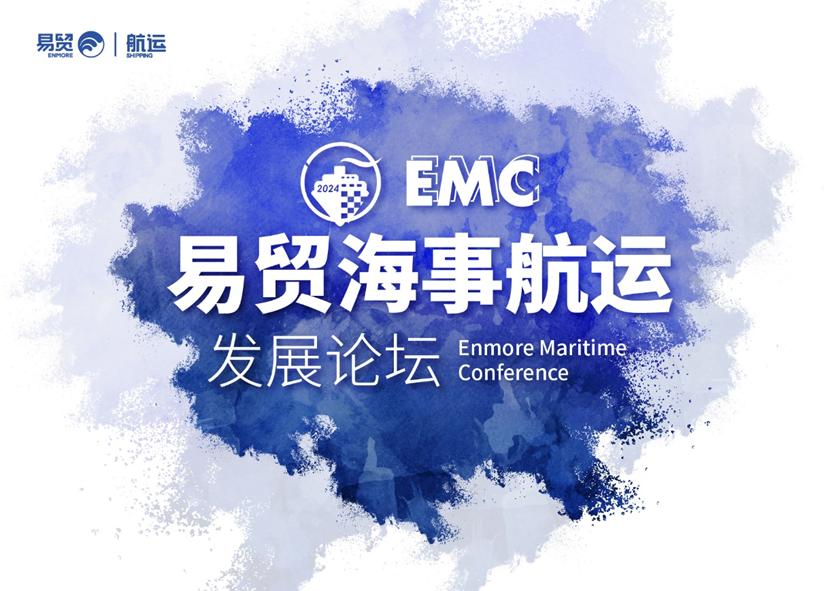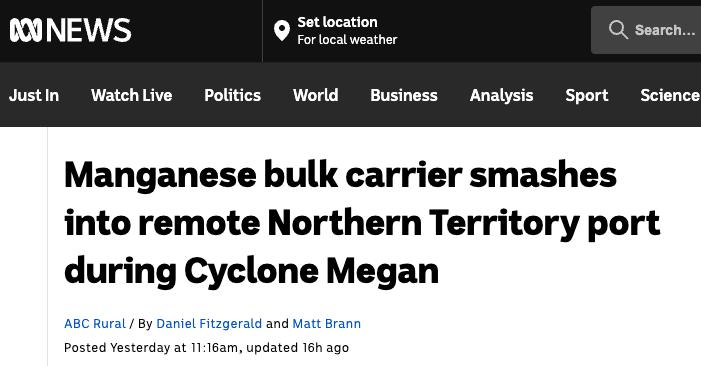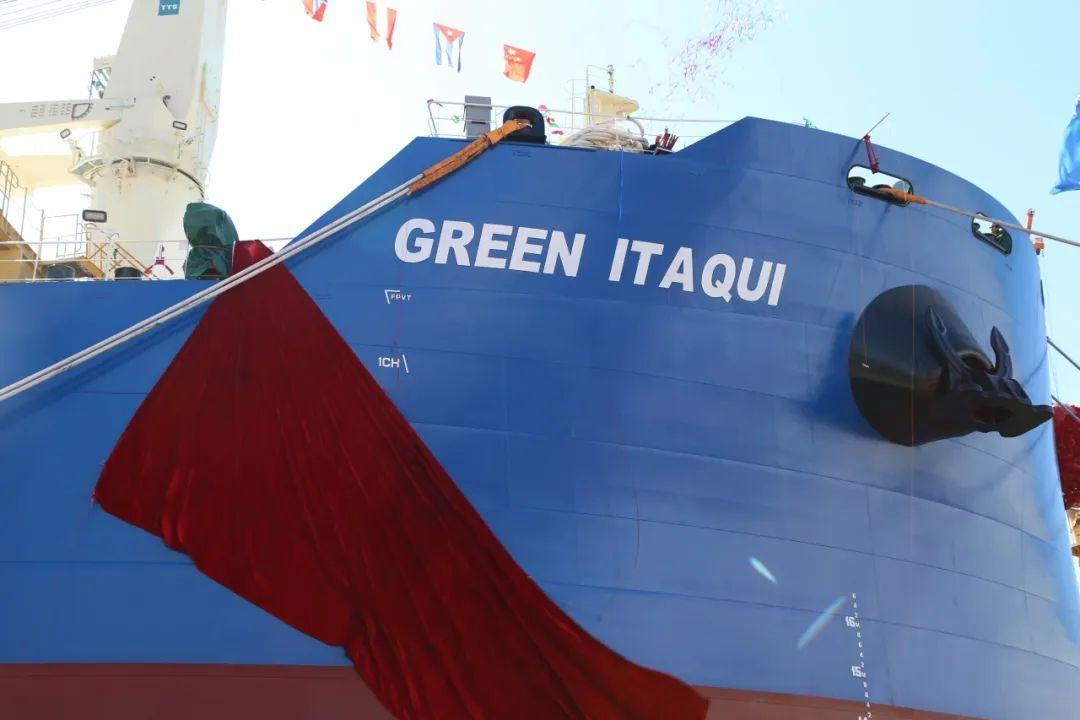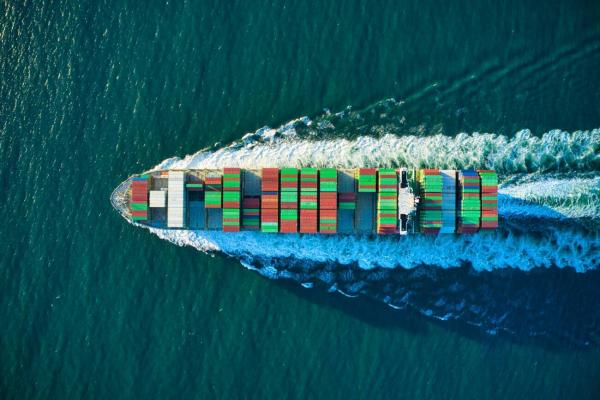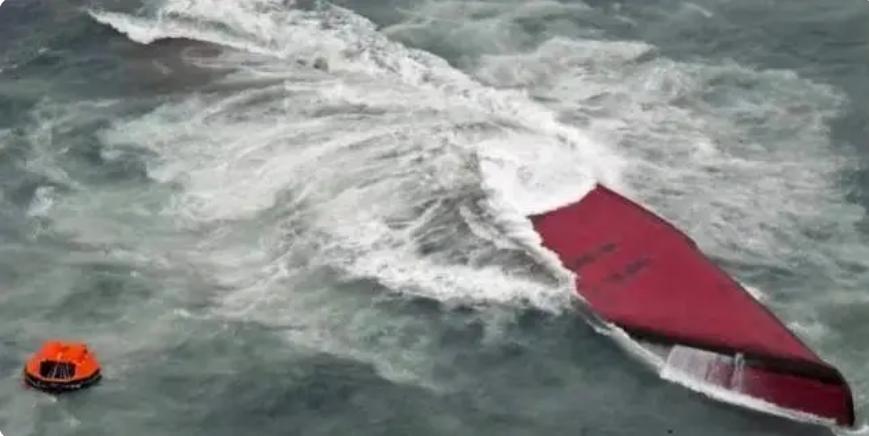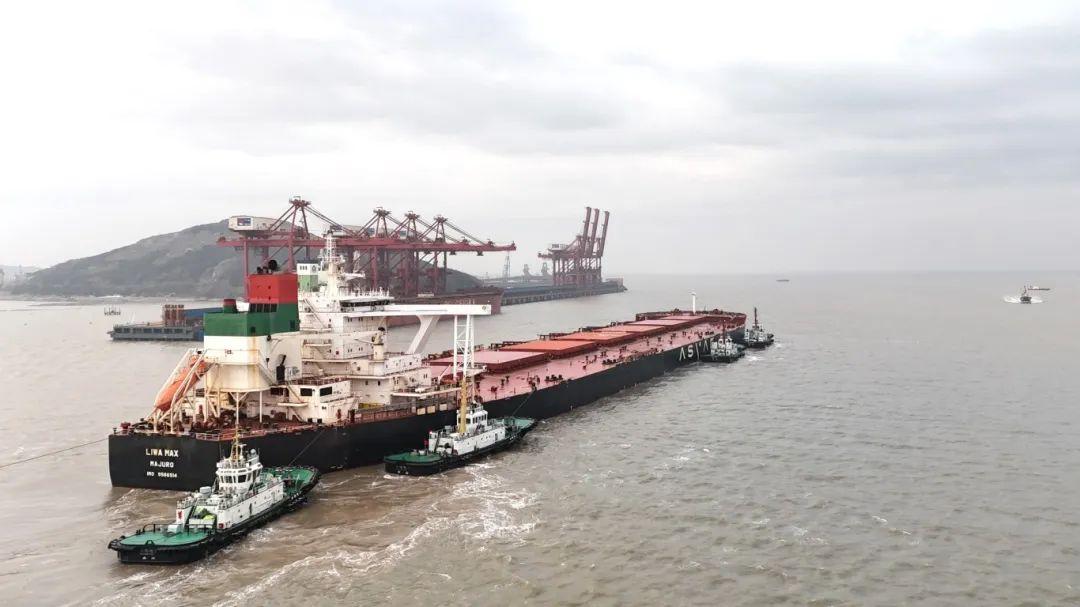
3.4 COMMERCIAL IMPORTANCE OF CLASSIFICATION SOCIETIES
3.4 船级社的商业重要性
3.4.1 Flagging
3.4.1 船旗
3.4.1 船旗
The vast majority of flag states (including the flag states that are usually regarded as acceptable to mainstream ship finance providers) are party to various maritime conventions promulgated by a United Nations agency called the IMO. These include SOLAS (which requires that a ship must be “in class” with a recognised Classification Society before a SOLAS certificate can be issued to it), MARPOL and the Loadline Convention.
绝大多数船旗国(包括通常被主流的船舶融资提供商视为可以接受的船旗国)都是被称为IMO(国际海事组织)的联合国机构颁布的各种海事公约的成员国。[1] 这包括《海上人命安全公约》(在签发SOLAS证书之前,要求船舶必须是在被认可的船级社‘入级’)[2],《国际防止船舶污染公约》和《载重线公约》。
Each flag state will have its list of recognised Classification Societies and it will be a pre-condition to registration of a ship with a particular flag state that the ship is classed with a society that is on the flag state's list of recognised Classification Societies.
每一个船旗国都有其认可的船级社的名单。船舶在船旗国登记注册的一个前提条件是,船舶在船旗国认可的船级社名单中的某个船级社入级。
Flag states routinely delegate their “statutory” duties to inspect and survey ships flying their flag to recognised Classification Societies which will, if a ship is found to be compliant with the relevant national and international laws and regulations, issue to the ship on behalf of the flag state the relevant “statutory certificates” as well as the ship's class certificates. It should be noted that this delegation is of a functional nature in the sense that each flag state will remain responsible for application of the relevant rules and regulations and is supposed to exercise oversight over the activities of the recognised organisation that carries out statutory surveys on its behalf.
按照常规,船旗国将它们对悬挂其船旗的船舶进行检查和检验的‘法定’义务都委托给其认可的船级社,如果认定船舶符合船旗国内和国际相关的法律和法规,船级社将代表船旗国签发给船舶相关的‘法定证书’,以及船舶的船级证书。应该指出的是,这种委托授权是职能性质的含义,每一个船旗国仍将继续负责船舶适用相关规则及制度,并应该行使权利对代表其开展法定检验的认可机构的活动进行监督。
If a Classification Society withdraws or cancels a ship's classification for reasons of non-compliance, then the likely result will be that the ship's international convention certificates will become invalid and the ship will no longer comply with the flag state's “statutory” requirements.
如果因船舶未符合规定而导致船级社撤消或取消船级,那么,可能的结果将是船舶的国际公约证书将失效,并且该船舶也将不再满足船旗国‘法定’的要求。
3.4.2 Insurance
3.4.2 保险
3.4.2 保险
Since it is impractical for underwriters to survey every ship in respect of which insurance cover is sought, when considering whether to accept a ship for insurance and what rate of premium to charge for cover, underwriters will consider the age of the ship, the reputation and operational record of the ship's owners and (if different) the ship's managers, the physical characteristics of the ship, the geographical areas in which she will be trading, and the following “classification” factors:
l the fact of a ship's classification;
l the reputation of the Classification Society with which the ship is entered; and
l the class rating assigned to the ship by the Classification Society.
因为对于保险商来说,就所希望投保的险种去检验每一艘船舶是不切实际的。当保险商考虑是否接受船舶投保和收取保费费率的时候,它们将考虑船舶年龄、船东和管理公司(若二者不同的话)的信誉和经营记录、船舶的物理特性、营运的地理区域,以及以下的‘船级’因素:
(1). 船舶船级事实情况;
(2). 该船舶所在船级社的声誉;
(3). 船级社评定的船舶等级。
3.4.3 Chartering
3.4.3 租船合同
3.4.3 租船合同
Most arm's-length voyage, time and bareboat charters include, in the ship's description, a statement about classification status which usually gives the name of the ship's Classification Society and the character symbol or class rating assigned to the ship by the Society. Most arm's-length voyage and time charters expressly require the owner to maintain the class of the ship throughout the term of the charter. Bareboat charters typically allocate this obligation to the charterer.
大多数正常交易的航次租船合同,定期租船合同和光船租船合同包括船舶的描述,船级状况的陈述声明(通常是给出船舶所在船级社的名称),以及船级社确认的船舶特征符号或船舶等级。大多数正常交易的航次租船合同和定期租船合同都明确要求船东在整个租船期间保持船舶在级。光船租赁通常是将此义务指派给承租人。[3]
3.4.4 Ship financing
3.4.4 船舶融资
3.4.4 船舶融资
A ship finance bank will usually require any ship offered to it for security purposes to be:
l classed with a Classification Society approved by the bank;
l maintained in class without any overdue conditions or recommendations; and
l kept under periodical survey for hull and machinery.
出于安全考虑,船舶融资银行通常会要求任何船舶提供给它以下资料:
(1). 已经加入经银行批准的船级社;
(2). 保持在级,以及没有任何逾期船级(遗留的)条件或批注;
(3). 定期检验船体和船舶机械。
These requirements will be included in the loan and security documentation as continuing undertakings and a breach of one or more of these undertakings will in all likelihood constitute an event of default which (subject to any grace period for remedy) will entitle the bank to require repayment of the loan.
这些要求将被列入贷款和担保文档之中作为持续保证。因而,违反这些保证中的一个或多个将很有可能构成违约事项(取决于任何纠正措施的宽限期),银行将有权要求偿还船舶贷款。
Typically a financing bank will also require a written authority from the shipowner (addressed to the Classification Society in question) enabling the bank to inspect class records and to obtain copies of class certificates.
通常,融资银行也将要求船东(通知相关的船级社)的书面授权以使银行能够检查船级记录并取得船级证书的复印件。
3.5 CLASSIFICATION RECORDS
3.5 船级记录
3.5 船级记录
3.5.1 What will class records reveal?
3.5.1 船级记录呈现的内容
3.5.1 船级记录呈现的内容
The class records will show visits of surveyors from the Classification Society with which the ship is entered, defects discovered, major breakdowns and repairs undertaken. The records will also show “conditions” of class (also known as class “recommendations”) recorded in a special reasons list which describe repairs or other actions to be carried out to the satisfaction of the Classification Society within a certain time limit, and “notations” of class (also known as class notes or memoranda) which relate to less important matters which are left to be rectified at the shipowner's convenience.
船级记录将显示来自船舶所在船级社的验船师访问船舶、发现的缺陷、主要的故障和维修进行情况。这些记录还显示以‘特殊事由清单’的形式记载的船级‘(遗留的)条件’(也称之为船级‘批注’),其描述了船东在一定期限内需要完成的修理项目或采取的其他行动并要满足船级社的规定要求,以及船级‘注释’ (又称之为船级评注或备注),其中涉及一些不太重要的事项,留待船东方便时予以纠正。
Lawton LJ explained the position in Varverakis v. Compagnia de Navegacion Artico SA (The Merak) (1976):
“[C]lass records … give a lot of information about the condition of the vessel. If a prospective buyer looked at the [class] records, he might be able to decide whether it was worth going on with the purchase, thereby avoiding the expense of a superficial inspection. On the other hand, if the records showed … that there had been a recent survey, and the surveyors had not found it necessary to make any suggestions as to what should be done by way of repairs, then it might be worthwhile going on and having the kind of inspection which the Saleform envisages.”
在Varverakis v. Compagnia de Navegacion Artico SA (The Merak) (1976) 案,[4] Lawton大法官解释了船级记录的法律地位:
‘船级记录……给出大量有关船舶状况的信息。如果潜在买家查阅了船级记录,他就能够决定该船舶是否值得进行购买,从而避免了表面检查的费用。在另一方面,如果船级记录显示……最近已经完成了检验,并且验船师没有发现必须提出需要进行修理的任何建议,那么,它可能值得继续下去,进行Saleform格式所设计的这一类型的(表面)检查。
’
3.5.2 What will class records not reveal?
3.5.2 船级记录没有披露的内容
3.5.2 船级记录没有披露的内容
However, class records will not show breakages, damage or defects which are:
l known to the shipowner but not known to the Classification Society – this could be the position where the owner has failed to report them to Class or has concealed them from Class, or where Class have failed to spot them during a survey;
l notified to Class, or spotted by Class, but repaired before Class make any entry in their records for the ship;
l latent, in the sense that they are not yet apparent to the shipowner or Class or anyone surveying or inspecting the ship; and/or
l outside the scope of Class.
然而,船级记录可能不显示以下情况的破损,损坏或缺陷:
(1). 船东已知,但船级社不知道——这可能是船东没有向船级社报告,或向船级社隐瞒,或在检验时现场未能发现的情况;
(2). 已经通知船级社,或现场发现,但修理完毕后船级社未能及时在船级记录内录入的情况;
(3). 潜在缺陷,在某种意义上,船东,船级社或任何检验/检查船舶的人员还没有明显发现的情况;
(4). 在船级社规则范围之外的情况。[5]
3.5.3 How to exploit class records to best advantage
3.5.3 如何最大利用船级记录的优势条件
3.5.3 如何最大利用船级记录的优势条件
It will be important for a buyer to use the class records to its best advantage. The following points may be of relevance.
Every five years a ship's hull and machinery will be subjected to a “special survey” by a surveyor of the Classification Society with which the ship is entered. A prospective buyer could go back to the ship's last special survey in order to see what conditions of class were recorded in the special reasons list, and whether any of the defects have not been rectified.
To establish the extent to which the ship is subject to recurring defects, a buyer could go right back to the ship's earliest records, including those relating to the pre-delivery trials made by the shipyard where the ship was built and any entries arising during the post-delivery guarantee period.
For older ships, steel thickness measurement results could be of considerable value, particularly when weighed against steel renewals carried out.
If the classification records disclose potentially serious problems with, for example, the ship's engines, a prospective buyer could give opening-up of the engines a high priority in its negotiations with the shipowner. However, unless the market is unduly weighted in favour of the prospective buyer, usually an owner will be reluctant to allow opening-up or any other detailed inspection (even at the prospective buyer's expense) as part of the superficial inspection afloat.
最大限度地利用船级记录的优势条件,这对买方至关重要。可能与下列几点有相关。
(1). 按照船舶所在船级社的规则,验船师将每五年对船体和船舶机械进行‘特殊检验’。潜在的买家可以追溯到船舶上次特检记录,以便查看在‘特殊事由清单’上的船级(遗留的)条件,以及是否有任何缺陷还没有得到纠正。
(2). 确认船舶遭受经常性缺陷影响的程度,买方可以一直追溯到船舶最早的记录,包括交船之前,船舶建造船厂所做的有关海试记录,以及在船厂交船后,保修期内出现的任何记录。
(3). 对于老龄船舶,钢材厚度测量的结果可能具有相当大的价值,特别是进行更换钢板时计算重量。
(4). 如果船级记录披露潜在的严重问题,例如,船舶机器,潜在买家可能会与船东谈判优先要求打开主机检查。然而,除非是市场绝对有利于潜在买方,通常,在船舶漂浮状态下,作为表面检查的一部分,船东是不情愿允许打开主机或进行其它任何详细的检查(即使潜在买方承担检查费用)。
The final point demonstrates a major challenge for the prospective buyer of a second-hand ship: how can he make an accurate assessment of the physical condition of the ship and her machinery? Regrettably for prospective buyers the standard printed terms of the Saleform, Nipponsale and Singapore Ship Sale Form contracts do not offer much comfort in this regard.
对二手船舶潜在的买方,最后需要说明一点,其比较大的困难是:他是如何才能准确评估船舶和她的机械的实际状况?关于这个问题,遗憾的是,在Saleform格式,Nipponsale格式和新加坡船舶销售格式合同中标准印就条款,都没有给予潜在的买方提供太多的帮助。[6]
[1] 关于IMO的论述,请参看下文第五章第5.5.3节。
[2] International Convention for the Safety of Life at sea (“SOLAS”), Chapter II-1, Pt A-1, reg. 3-1.
[3] 请参看BIMCO标准格式的光船租赁合同BARECON2001第10条第(a)款第(i)项,第14,15条款。在附录5全文列出。
[4] [1976] 2 Lloyd's Rep. 250 at 256 (CA).
[5] 请参看上文第3.3.1节最后一段。
[6] 从法律上讲,关于船级记录,潜在的买方可以依赖的程度,请参看下文第五章第5.44.7-5.44.12节的讨论。
海运圈聚焦专栏作者 魏长庚船长(微信号CaptWei)
海运圈聚焦专栏作者 魏长庚船长(微信号CaptWei)

 2017-08-04
2017-08-04 2822
2822 





